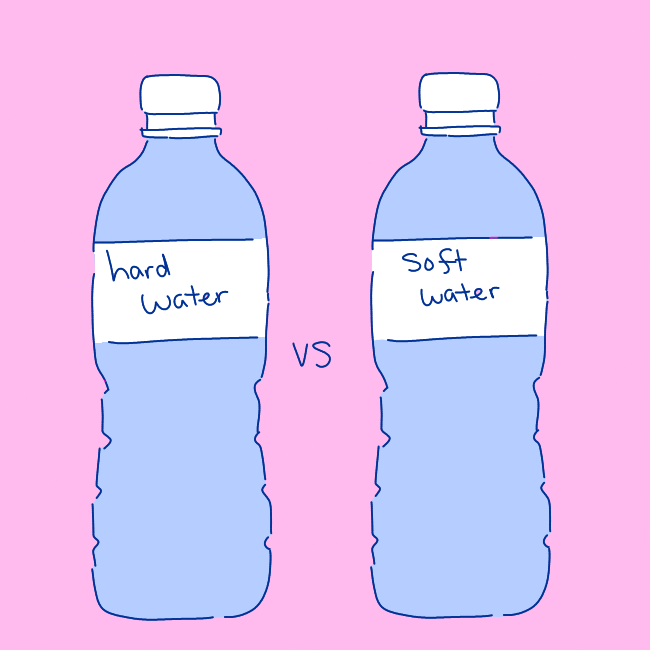Plants are too easy to kill.
Not to sound like a sociopath, but ever since I took my first stab at planting, potting and pruning, I’ve learned that plants seem to wither at the mere sight of me. The irony of my Green Team membership aside, I now have a hard time be-leaf-ing that I can successfully raise any kind of photosynthesizing organism after plowing through four different plants over the course of five years.
It all started when I got a small packet of parsley seeds from a friend’s birthday party, which I, as a big fan of cilantro, had mistaken for cilantro seeds. I planted and watered one until, a week later, a little green bud popped out, which I watched grow into a full stem — and then, amazingly, a full-blown plant with a whole three-sectioned leaf. But the more I watered it, the more yellow the leaves became, and so began a cycle of watering in exponentially greater volumes.
Within two weeks, my “cilantro” plant was out of thyme. If anyone doesn’t understand the saying “crawl into a hole and die,” then look no further than my beloved “cilantro” plant. I placed its remains — a wilted stalk flopped over lifelessly on damp soil — in a shady corner of my garden, leaving it to decompose in its final resting place.
However, a week later, I walked out to see my mom watering that same place in the soil. So as the kind, considerate child I was, I walked over to tell her that reviving my plant was a hopeless task. But lo and behold, my “cilantro” plant had returned from the dead before my eyes. It was completely unrecognizable, with its stems sprouting in every direction and its bright green leaves fluttering picturesquely in the breeze, like the reverse of a pomeranian getting dunked in a bath.
Since when do plants pick favorites?
Later, after trying to cook and eat my beloved plant-child, I also learned that parsley looks a lot like cilantro, but tastes absolutely nasty. What a waste of water.
So I moved onto what I naively hoped would be a more fruitful plant journey: strawberries. In the first few months, everything was going berry well; I seedlessly transitioned my plant from pot to ground, where it grew to cover a square foot of soil. But all of a sudden, hungry garden pests rolly-pollied into the scene.
In my early years of elementary school, everyone adored rolly pollies. There was something endearing about their way of curling up in a ball and popping up in the grass when we least expected it — like a tiny treasured pet. But I have never wanted to fling a rolly polly across my backyard as much as after they voraciously ate through my strawberry leaves, leaving no cluster untouched.
I tried every natural remedy and pest deterrent: fertilizer, mint plants (my third plant endeavor, dead after a few days), basil leaves and strongly-scented non-floral shampoo. But nothing could save my shriveled strawberry plant, so I gave up and held a moment of silence to say my goodbyes.
Just a few days later, my mom was once again watering my dead plant, so I walked over to check if her green thumb had worked its magic. My mother had truly revived my strawberry plant, and it was bursting with small green berries and leaves that I had never seen before. That was when I realized that if my mother’s talent of raising plants can be called a “green thumb,” then what I have must be closer to a “red pinky-toe,” or whatever is the polar opposite of the talent she should have passed down to me.
But I still wanted to watch something grow under my own care, so I decided to give raising a plant one last try. Fourth time’s the charm, right?
For my last shot at plant parenting, I chose the most hardy, robust and low maintenance plant: a succulent (for those of you who missed the succulent craze, essentially a family-friendly sized cactus). I read up on the frequency behind watering a succulent, the optimal sunlight exposure periods and made sure to add it all to my daily routine. And it worked. But maybe a bit too well — my succulent grew so tall that I had to make a little structure out of toothpicks to prop it up. Despite my best efforts at structural integrity, my succulent was so bent over that I could have diagnosed it with severe scoliosis — I suppose spine issues were inevitable. That soul-crushing moment ended my ascent to gardening nirvana. No matter how much time and effort I put into those plants, I got nothing in return, so as I learned from freshman year health class — it was time to put an end to those toxic relationships. Maybe plants and I were not mint to be, but at the very least, I was able to chloro-fill this story with plant puns!




























